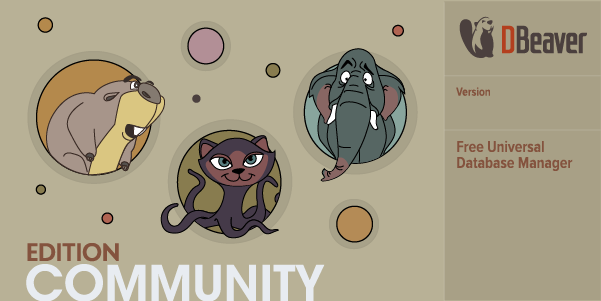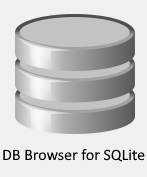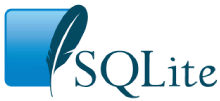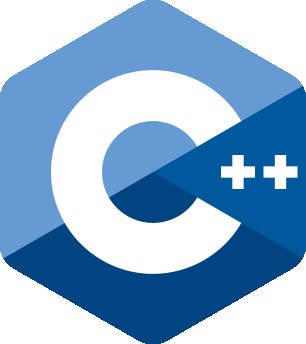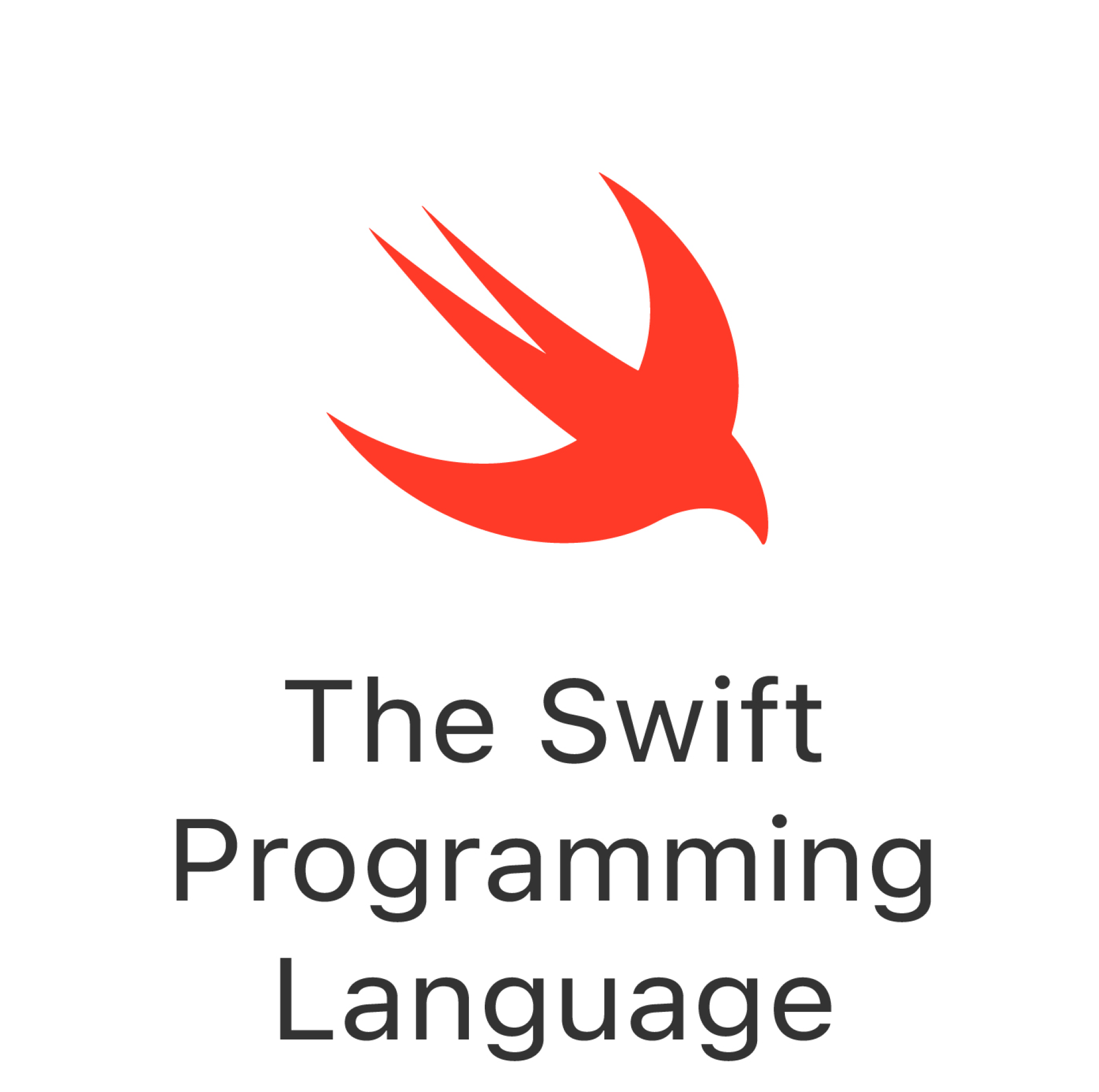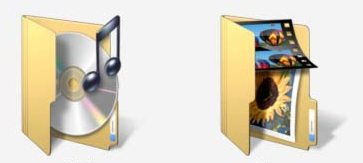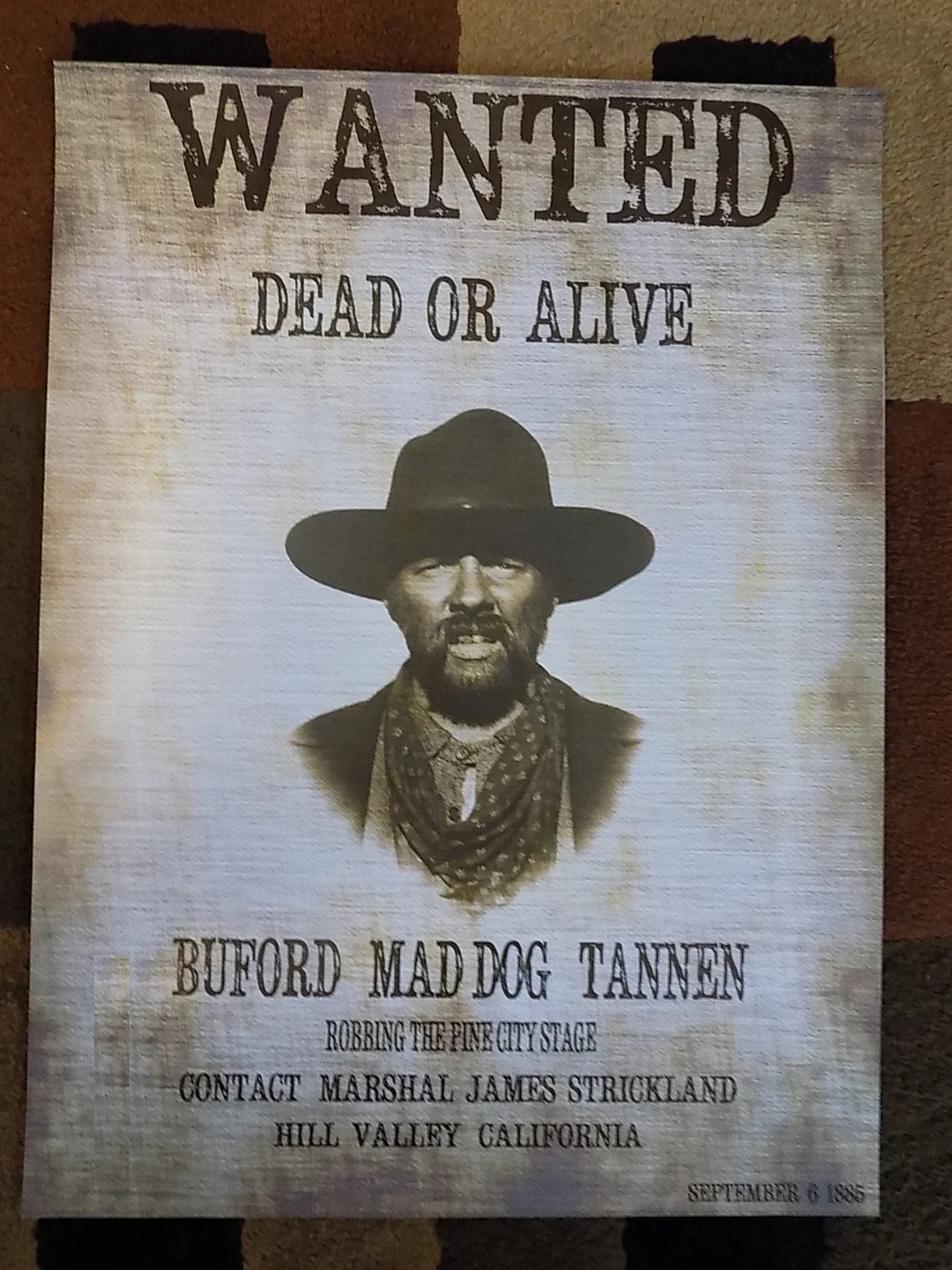



|
Home
Photography / Fotografia http://whisky1767.wix.com/nick Blog http://whisky1767.altervista.org/blog/
I Love This Company
  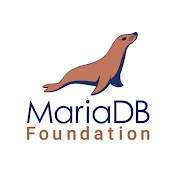                        . . . and last but not least
Gcc 12.1, 2022: 35 years already since the release of GCC 1.0.
Album
 Home News Old News Features Curriculum Download Screenshots Documentation Entertainment My photo Guestbook Links Linux
History: Computer Software Artificial Intelligence Supercomputer: 2024
Games: Sudoku, Sudoku-Solver
Iniziale Ultime Archivio Funzionalita' Curriculum Scaricamento Schermate Documentazione Le mie foto Libro ospiti Collegamenti Linux
|
|
|
|
|
|
|
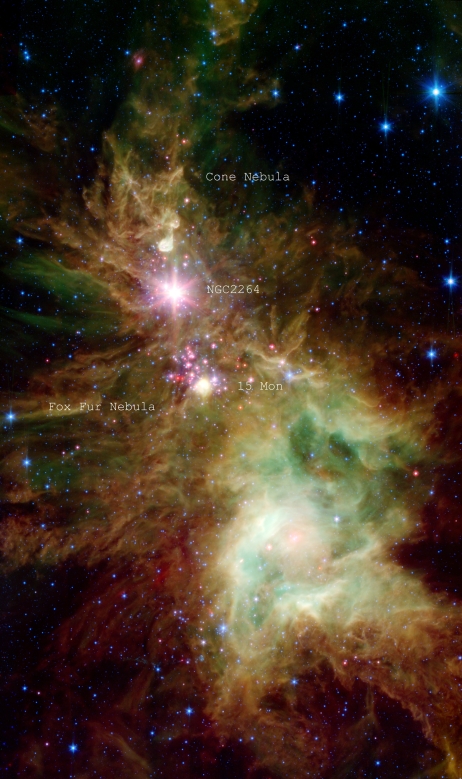 |
NGC 2264From Wikipedia, the free encyclopediaNGC 2264 is the designation number of the New General Catalogue that identifies four astronomical objects as a single object: the Cone Nebula, the Christmas Tree Cluster, Snowflake Cluster,[2][3] and the Fox Fur Nebula[1].
All of the objects are located in the Monoceros constellation and are located about 800 parsecs or 2600 light-years from Earth. NGC 2264 is sometimes referred to as the Christmas Tree Cluster and the Cone Nebula. However, the designation of NGC 2264 in the New General Catalogue refers to both objects and not the cluster alone.
15 monocerotis: S Monocerotis, also known as 15 Monocerotis, is a massive variable star system located in the constellation Monoceros containing seven or more stars.
Cone Nebula: The cone's shape comes from a dark absorption nebula consisting of cold molecular hydrogen and dust in front of a faint emission nebula containing hydrogen ionized by S Monocerotos, the brightest star of NGC 2264. The faint nebula is approximately seven light-years long (with an apparent length of 10 arcminutes), and is 2,700 light-years away from Earth.
Fox Fur Nebula: This enigmatic formation of gas and dust lies in the constellation of Monoceros (the Unicorn) not far off the left arm of Orion. This is a close-up of a small section of a much larger complex, generally known as the Christmas Tree cluster. The mysterious Cone Nebula is also a part of this same cloud. The red regions of this nebula are caused by hydrogen gas that has been stimulated to emit its own light by the copious ultraviolet radiation coming from the hot, blue stars of the cluster. The blue areas shine by a different process: they are mainly dust clouds that reflect the bluish light of the same stars. Its popular name arises because the nebula looks like the head of a stole made from the fur of a red fox. |
|
|
 The DejaVu fonts are a font family based on the Vera Fonts. Its purpose is to provide a wider range of characters while maintaining the original look and feel through the process of collaborative development (see authors), under a Free license. (http://dejavu-fonts.org/wiki/Main_Page) |
Welcome to my internet site! The primary objective of ALBUM is to organize personal notes. Notes are composed of various kind of DATA that are based by remarks or comments, and notes, in general, can be accompanied by a picture or other type of DATA as, for example, multimedia object. To assembly together those DATA in a more completly form, ALBUM define the REFERENCE, to group multiple note in a more generic single information. If photography or multimedia is your hobby or one of your interests, this site is for you! Organize your precious pictures, any registrated OLE file extension, notes and reference in an ALBUM stored in a CD-ROM or DVD. |
|
The resulting database is something like an ALBUM where to collect your precious pictures, family movies, or any other kind of file. With ALBUM you can search within notes or grouping them, and, it is very small can be copied on CD-ROM or DVD. The technology I used to build ALBUM is Microsoft Visual Basic .NET 2003 Standard, Microsoft .NET Framework, Microsoft Jet - OLE DB - ADO.NET for the database, and Microsoft GDI+ for pictures. Microsoft Visual Basic .NET support THREADS, so there is a THREAD per picture to display a page...very fast! Microsoft GDI+ have very powerful features such as high quality interpolation, very useful when you resize small/big pictures, you have as a result a picture without blocky edges (see "Screenshots" section for an example). Microsoft .NET Framework, Microsoft Jet - OLE DB - ADO.NET are used to collect all the informations about the ALBUM in one small file, the ALBUM database, you can copy it on the CD or DVD. ALBUM record only file names, notes and reference, all the rest is kept in a DATA directory within the album directory, or, it is possible to insert the file picture into the database file, in this case the performance are similar. The database can be protected by a password and a picture can be imported and exported into or out the database. Many other fetures are implemented in the application, see the |
|
|
|
One of the useful features is the bookmark and the bookmark type. Pictures can be bookmarked by a standard or customized bookmark type. Standard bookmarks type are colored ("Black", "Red", "Green", "Blue", "Indigo", "Yellow", "Ochre", "Magenta", "Amaranth", "Cyan", "Fuchsia", "Violet", "Brown", "Gray", "Orange", "Pink", "Turquoise", "Lilac", "Lime", "Tan", "Purple", "Amethyst") and cannot be changed. Customized bookmark type is White and the name can be specified by a 255 byte characters string.
|
| Artist's conception of the 4C60.07 system of colliding galaxies. The galaxy on the left has turned most of its gas into stars, and the black hole in its center is ejecting charged particles in the two immense jets shown. The galaxy on the right also has a black hole causing the galaxy's central region to shine, but much of its light is hidden by surrounding gas and dust. Vast numbers of stars are forming out of the gas and dust, and some of the material is being pulled away from the galaxy. Credit: David A. Hardy/UK ATC Photo from http://www.physorg.com |
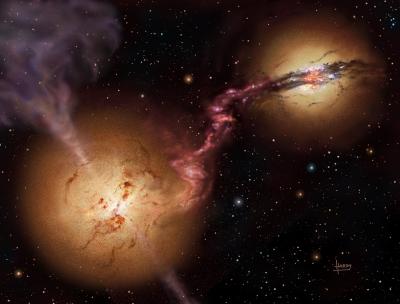 |
|
Reverse engineering assembly protection: NONE. The main purpose of obfuscator is to protect intellectual property of the software.
|
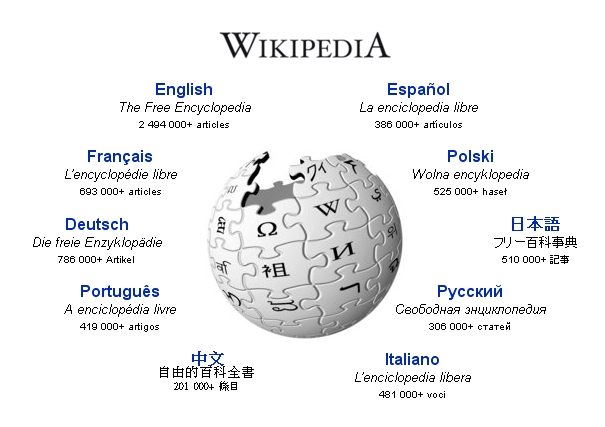 |
In cryptography, the Advanced Encryption Standard (AES), also known as Rijndael, is a block cipherencryption standard by the U.S. government. It has been analyzed extensively and is now used worldwide, as was the case with its predecessor,[3] the Data Encryption Standard (DES). AES was announced by National Institute of Standards and Technology (NIST) as U.S. FIPS PUB 197 (FIPS 197) on November 26, 2001 after a 5-year standardization process in which fifteen competing designs were presented and evaluated before Rijndael was selected as the most suitable (see Advanced Encryption Standard process for more details). It became effective as a standard May 26, 2002. As of 2006, AES is one of the most popular algorithms used in symmetric key cryptography. It is available by choice in many different encryption packages. This marks the first time that the public has had access to a cipherNSA for top secret information (see Security of AES, below). |
PUBBLICITA'
|
||
| A crystal of ice on the left, the crystal of a snow flake on the right. |



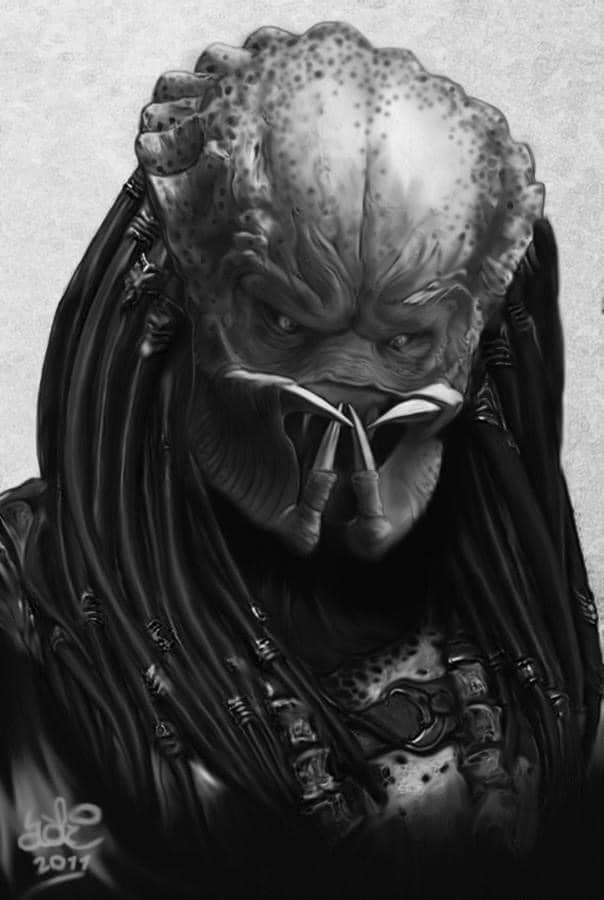
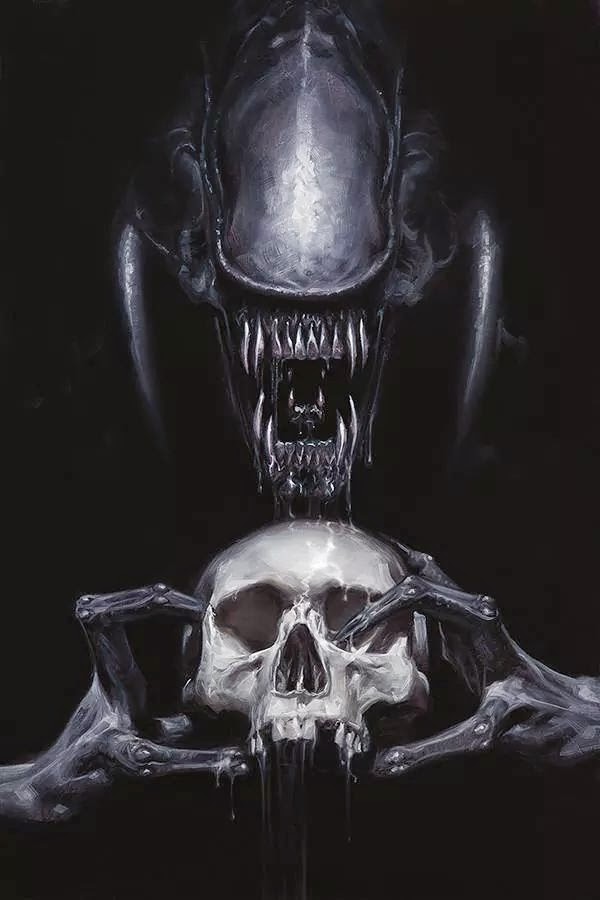
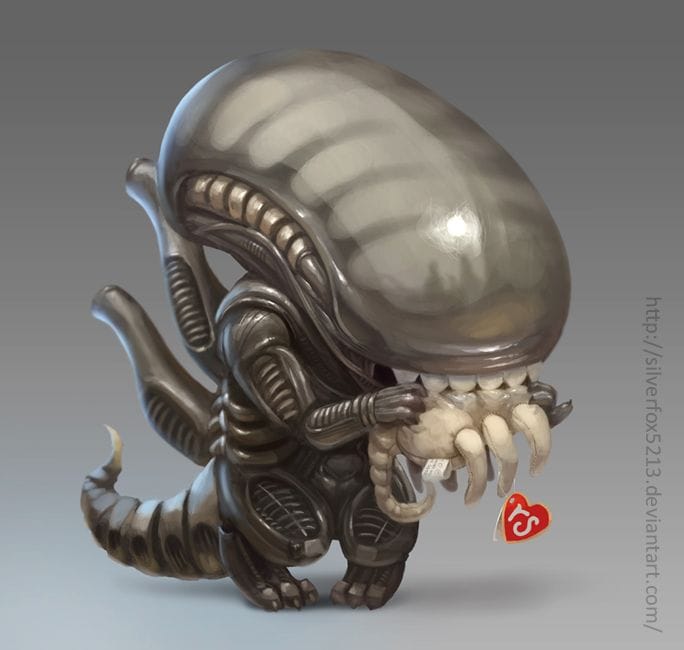
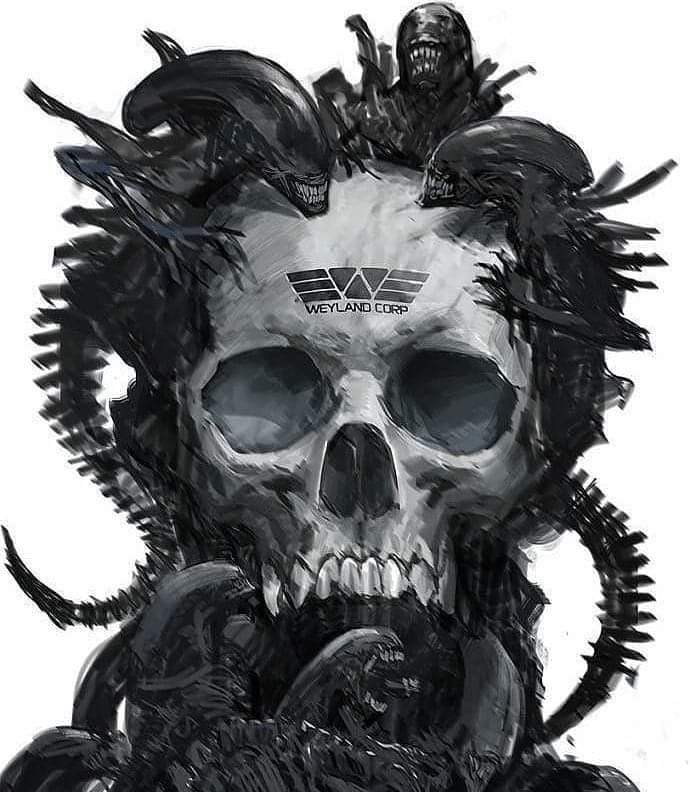
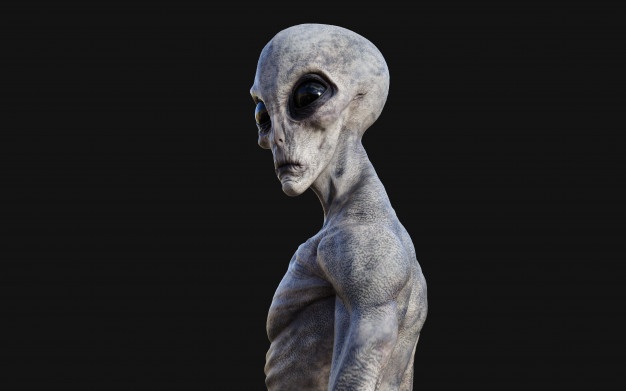
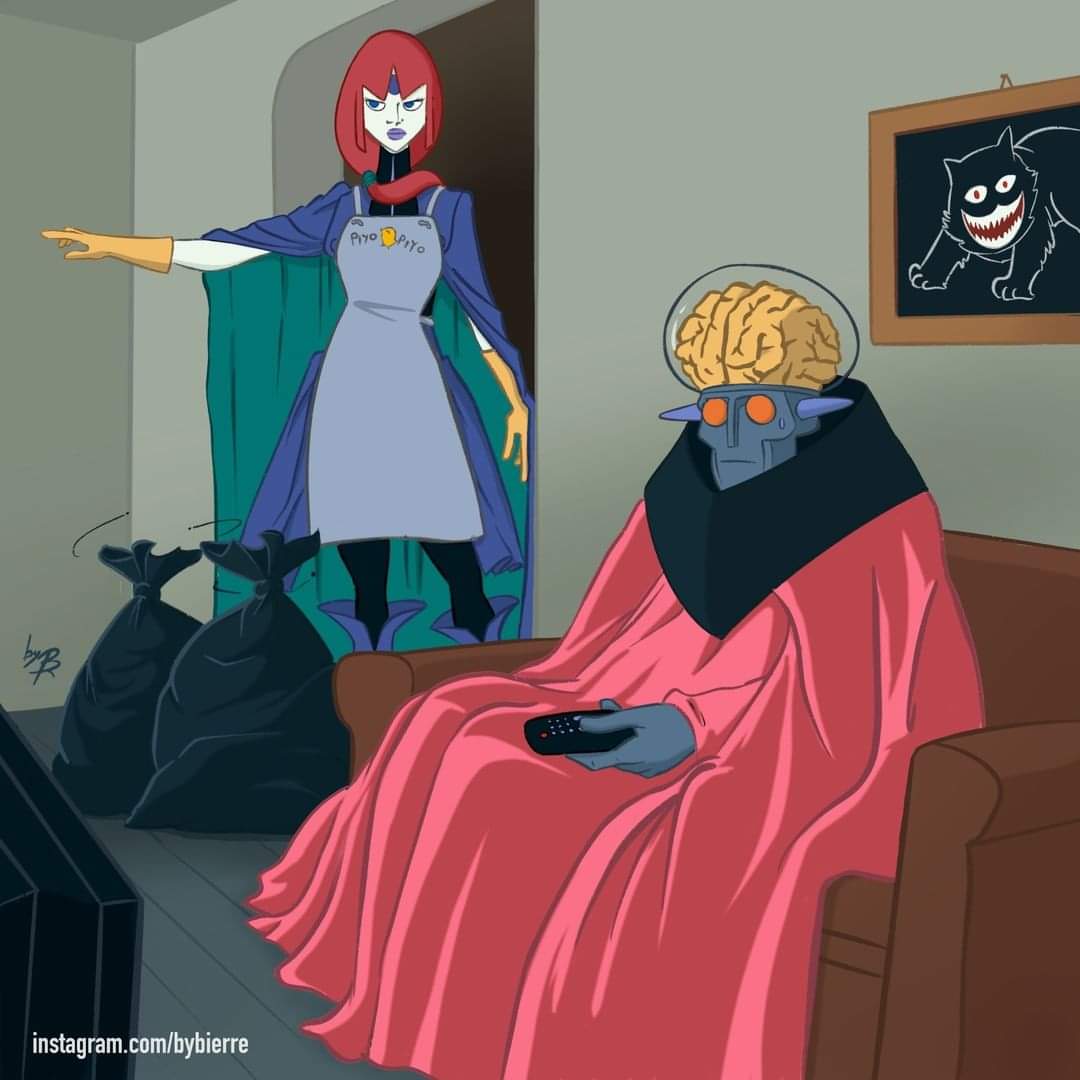


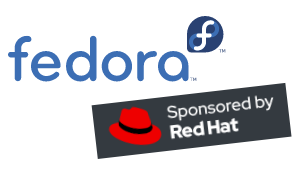
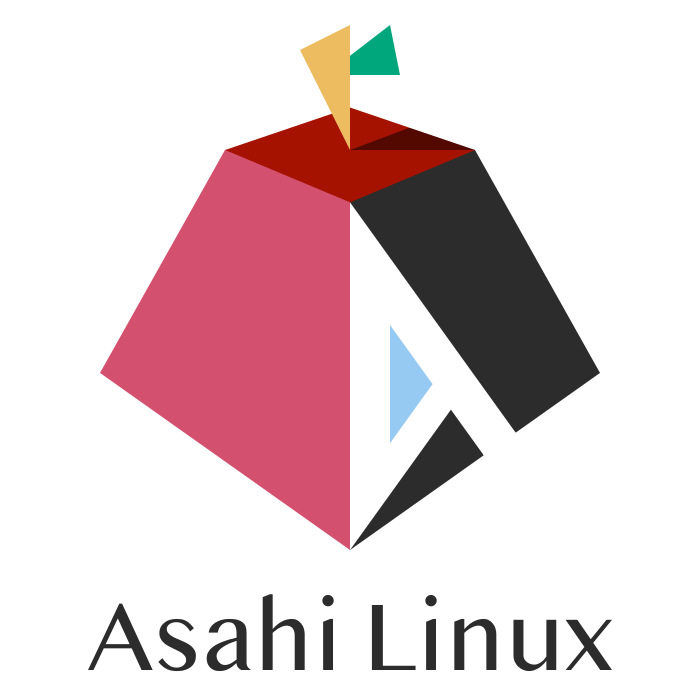

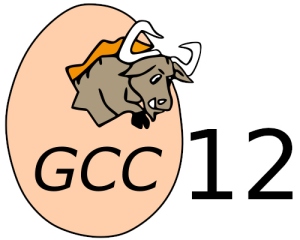
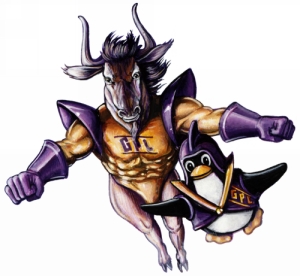
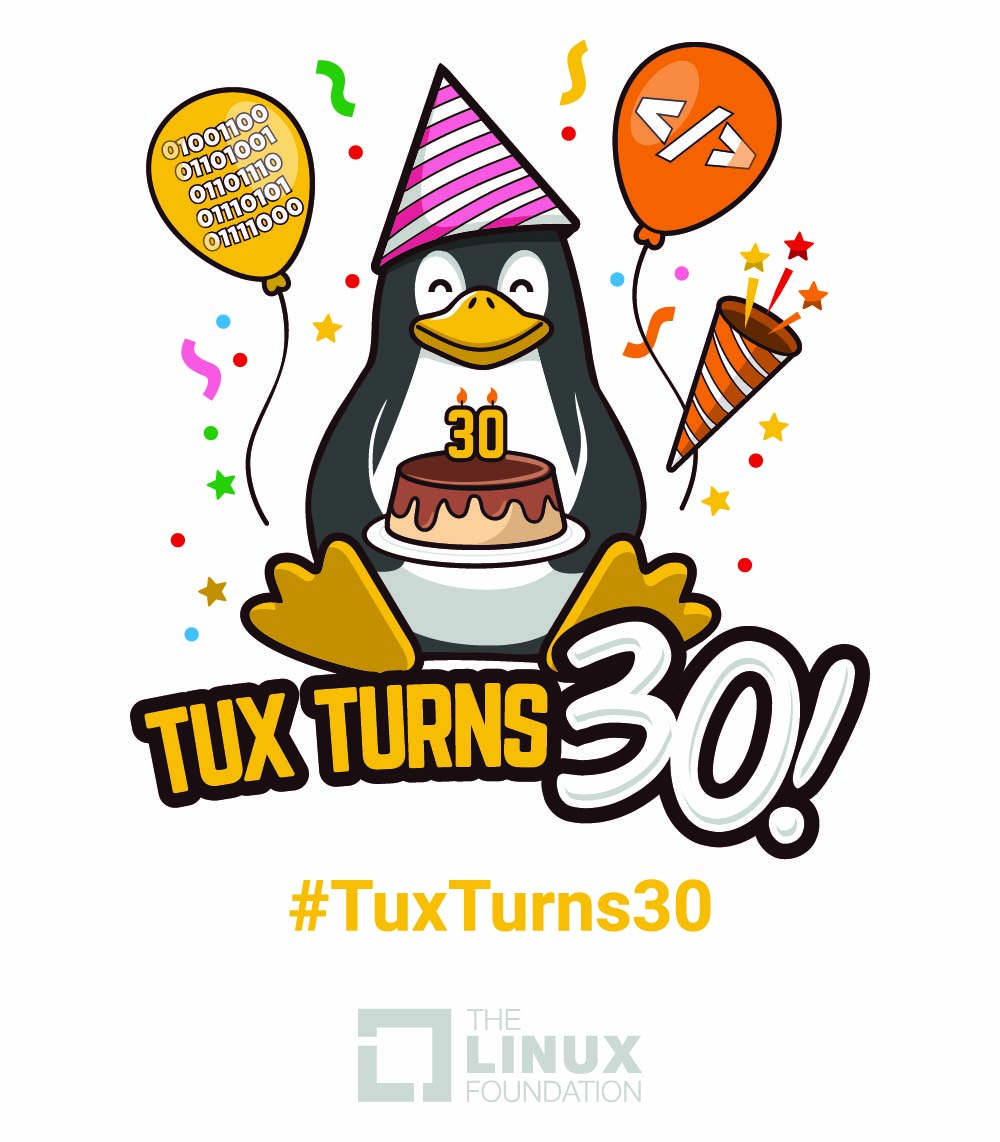 1991-2021
1991-2021



